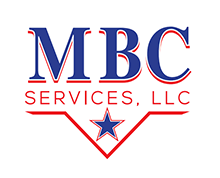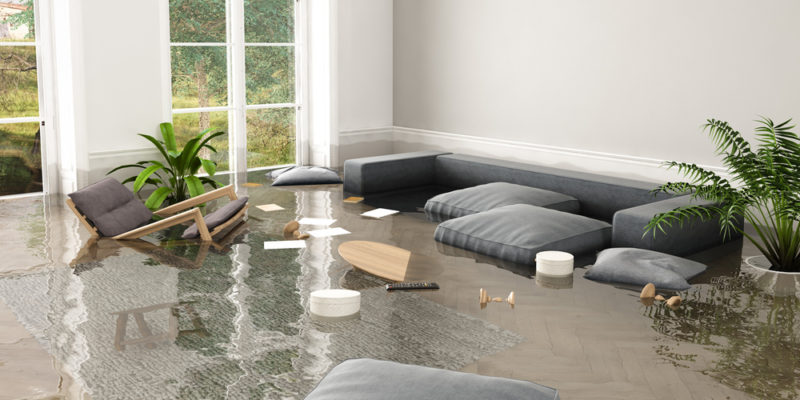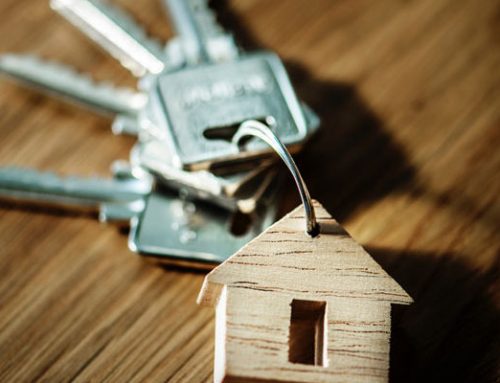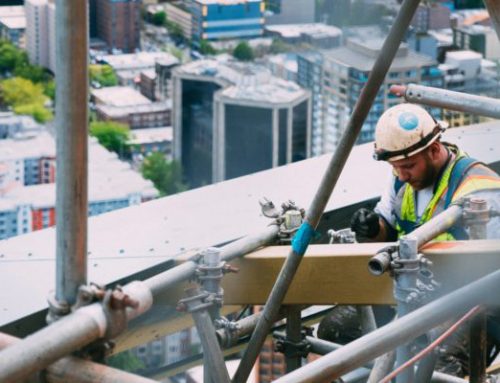If there is major water damage in your house due to flooding, house problems (such as sewage backup), or other natural disasters, water restoration teams are the first responders that can help. A good water restoration team will assess the damage and provide a solution in order to preserve and protect your home to keep it from any further damage, as well as clean up the mess it has caused.
If you suspect that you need a team to come out and remove excess water from your home, it is important to take immediate action because further damage can be devastating. Sometimes house flooding can be caused by extreme weather conditions that cause a mass amount of flooding, while others can be easier to take care of, such as a faulty dishwasher overflowing. Regardless of the situation, water restoration experts take certain steps with high tech equipment to remove the water and get your place back to normal. Below are a few steps to keep in mind when understanding how and when to hire a water restoration company.
Step 1: Damage assessment and inspection
When the water restoration team arrives, the first thing they will want to do is do a complete inspection of the damage done and what the best restoration option will be for your case, as well as find the source of the water and stop it. They will then need to determine the type of water that has caused the flooding and if it is contaminated because certain levels of contaminated water have different removal processes. Usually they determine levels of water contamination by categories (1, 2, and 3). Level one is white, two is gray, and three is black. Each has a different cleaning process.
All damage will then be surveyed and documented. If there are hazards or safety issues, your water restoration specialist will explain them to you and let you know what necessary precautions to take. After everything is explained, water removal will begin after your team moves or blocks furniture from further damage, rust, or furniture stains on carpet.
Step 2: Removing the water
In order to prevent mold or secondary water damage, the second step in water restoration will be to remove the majority of the water in the area. Doing this as fast as possible with a truck-mounted vacuum and very powerful pumps will reduce the amount of time it takes your home to dry. This powerful equipment can remove thousands of gallons of water very quickly.
Sometimes people are advised to go through a move-out process to protect their furniture and other belongings if the restoration will take extensive amounts of cleaning and water removal. Your carpet will also be inspected at the time of water removal in order to determine if it needs to be removed to protect the subfloor from damage.
Common equipment used to remove water:
- Portable extraction units
- Moisture saturation equipment such as hygrometers and moisture detectors
- Both gas-powered and submersible pumps
- Infrared cameras may be used to detect water behind walls or ceilings
Step 3: Drying, cleaning, and restoration
After the mass amounts of water are removed, the drying process will begin. Even if a majority of the area looks dry, certain places in a house (or any building style) can retain water in drywall or wood. If this water isn’t dried correctly it can cause walls and floors to break down, warp, or grow mold.
In order to dry proficiently, dehumidification and monitoring equipment is often used. The dehumidification equipment will remove moisture quickly, and professionals will use monitors to track how much moisture is left in walls and floors. High-speed fans will make the drying process move faster when airflow is created in the area.
More than likely after the drying process is completed, your surfaces, floors, and walls may need professional cleaning. Anything damaged by water will need to be professionally cleaned and sanitized to prevent mold growth, and anything wet could begin to have a strong odor – especially if the water was contaminated to certain extents. Because of this, you might require deodorization and odor removal treatments that have antibacterial properties.
While your home might begin to start looking normal again, it may still not be in the perfect condition it was before flooding or damage. Restoration is the final step taken to bring your home back to life. In this process, there may be some minor repairs and carpet or drywall replacement. In some extreme cases, reconstruction of entire rooms may be necessary. In the case of damage from extreme weather, it is important that certain measures are taken to make sure any further damage may happen by supplying a roof tarp.
If water damage happens to you:
The most important thing is to remain calm. It can be difficult to not be angry or stressed, but remember that there are companies that are trained for these situations and can take care of everything for you. At MBC, we can help with any water damage and restoration needs. Our team is certified in water restoration and will make sure to bring your property back to the way it was before – and better! If you would like more information, don’t hesitate to contact us and let us know more about how we can help!






